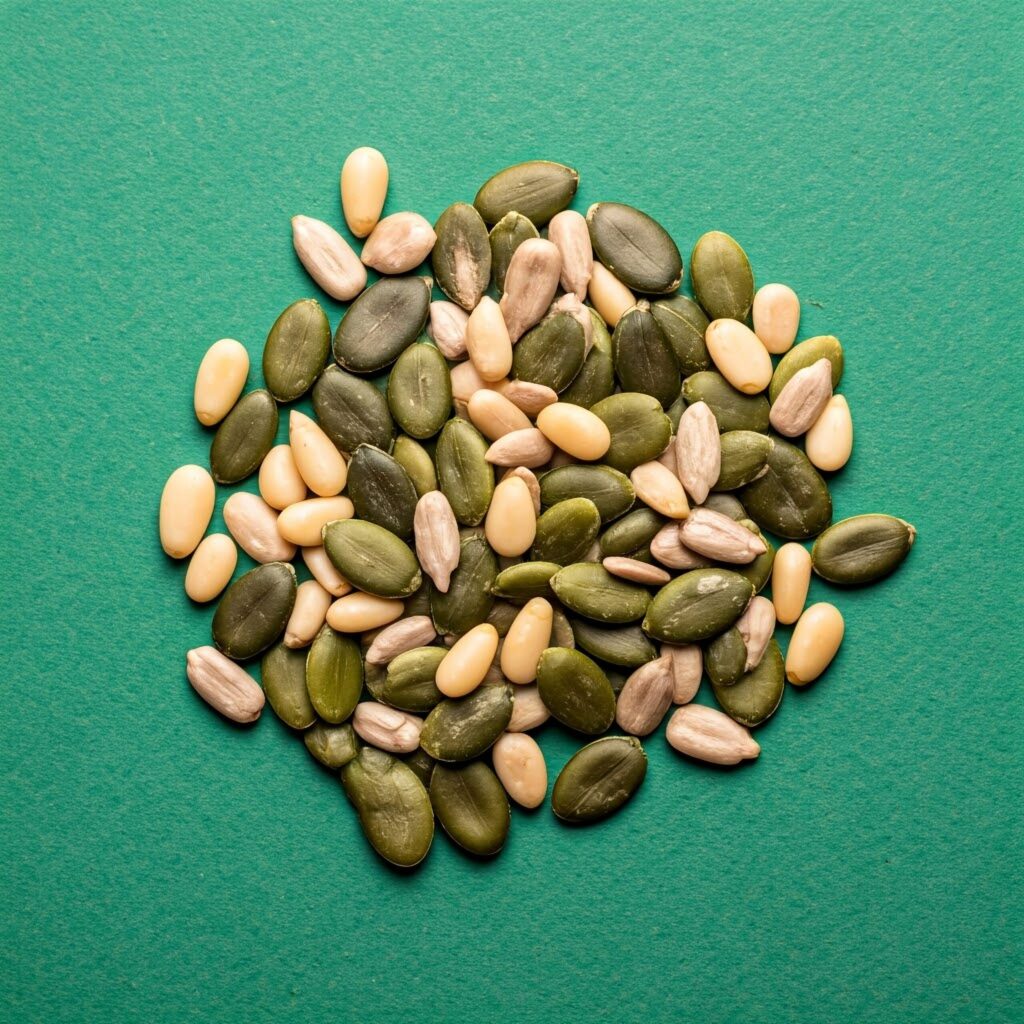
Heart Health.
Prioritizing heart health is crucial for living an active, vibrant life. Good nutrition and supplementation play a significant role in regulating and maintaining a healthy heart.
We can all take steps to boost cardiovascular health.

Every Beat Counts: Heart Health Nutrition.
Embrace a healthier lifestyle by increasing exercise, managing weight, and eating a balanced diet. Small changes can make a significant difference. But did you know there are also several essential nutrients that can promote healthy cardiovascular health?
Key Ingredients for Heart Health.
Studies have demonstrated that some of the most crucial minerals for cardiovascular health include magnesium, potassium, vitamin D, and calcium.


Potassium
Potassium works together with sodium to help regulate the movement of fluids in the body, which is critical for maintaining healthy blood pressure.2
Potassium Glycinate Complex
Vitamin K2
Meanwhile, vitamin K2 collaborates with vitamin D and contributes to vascular health by supporting healthy blood vessels.3,4,5 It also plays a role in the production of ATP,6,7 the molecule essential for the heart and muscles to achieve optimal performance.
Vitamin K2





